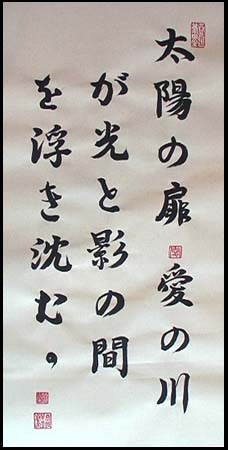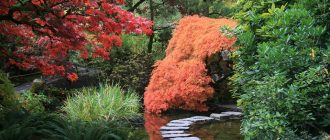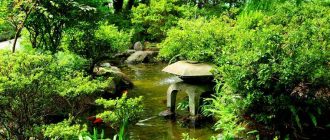Interested in the development of calligraphy in Japan? Be inspired by the rich legacy of Japanese calligraphy art as we take a look at this artistic practice.
Japanese calligraphy is perhaps the most artistic form of writing known to man. This is how the Japanese used to write in their local language. The practice of calligraphy by their Chinese counterparts seemed to have had a huge impact on the art form in Japan.
In fact for the longest time the most revered calligrapher of Japan was actually a Chinese man called Wang Xizhi. But this was back in the fourth century. It was not until the Japanese developed their own unique syllabaries such as the Hiragana and Katakana that the Japanese calligraphy came into a style of their own.
The halo of the bhaisakyaguru statue in the Horyu-ji Temple is regarded as being the oldest known example of Japanese calligraphic text. This was actually Chinese text which was written in the Shakeitai that had been famous since six dynasties.
The Kongo Jodaranikyo is considered to be the oldest hand copied sutra in Japan. Other typical examples from the same time period are that of the stone in Nasu County and the broken Stone in Uji Bridge. The influence of the northern Wei robust style of calligraphy is apparent on these examples.
The first text that really shows the unique Japanese style of calligraphy is Soukou Shujitsu. The Tanka that was written in 749 shows clearly the distinction between the Chinese style of calligraphy and the Japanese.
The Heian era began with the reign of Emperor Kammu and the shifting of the capital to Heian Kyo in 794. Much of the calligraphic work remained unchanged during this period. The royalty, aristocracy and the court ladies all wrote by copying Chinese poetry texts in an artistic manner.
Needless to say the influence of Wang Xizhi was predominant in the calligraphy of the time. There were other Chinese calligraphers that were highly regarded in Japan as well. Alongside however, Japan was slowly but surely developing its own style of calligraphy. The ruling party had realized that Japan was a small and separate entity from China and was in great need of a writing style that was different from that of China. This led to the development of the official Japanese calligraphic style.
Today calligraphy is one of the elementary subjects taught in schools in Japan. It is one of the compulsory subjects during primary education and at the higher levels one has the option to choose between calligraphy, painting and music. Some universities have even developed specialization and teacher training courses in the field of calligraphy.
With the improvements in means of mass communication Japanese calligraphy was exported to the west. The western artists at once fell in love with this poetic form of writing. The calligraphers were especially awe struck by the beauty of Japanese writing. Even artists with a specialization other than calligraphy were known to have learnt the art parallel to their own specialty.
Japanese calligraphy is also considered to be highly fashionable in today’s times. You will be able to find all sorts of fashion accessories and interior decoration items with Japanese calligraphy on them.





